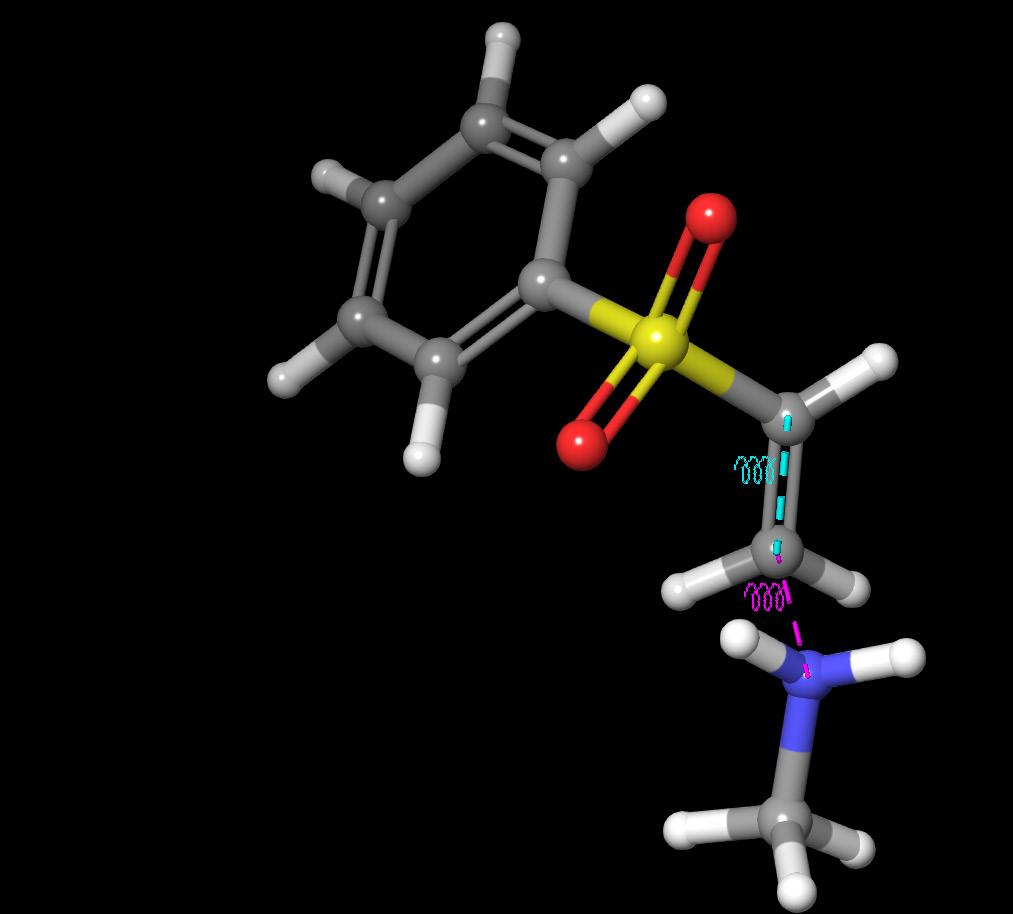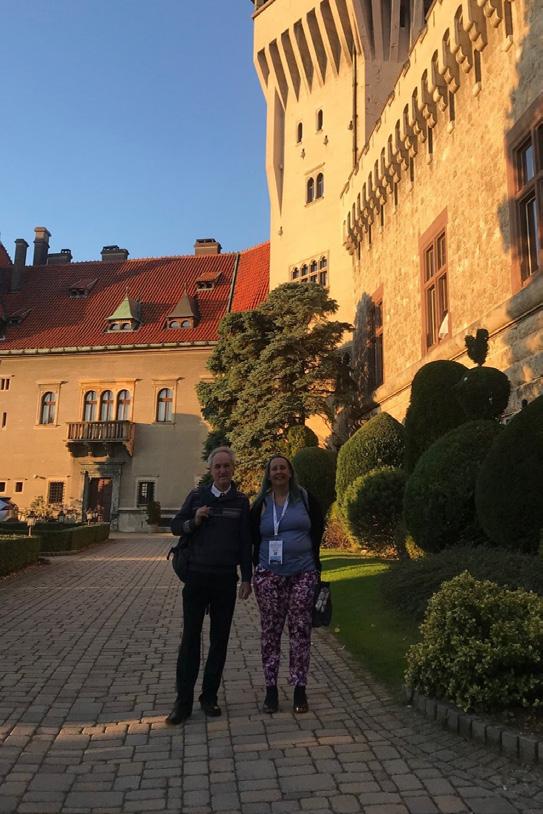
1 minute read
Could cancer be facing its last breath?
UNDERSTANDING HOW CELLS ADAPT TO LOW-OXYGEN CONDITIONS CAN LEAD TO NEW THERAPY
BY: MATILDE MARQUES
Advertisement
Without enough oxygen, cells suffocate and die. Yet, cancer cells adapt and thrive in these conditions. Is this unique characteristic that allows cancer to progress the same that will choke it?
Experiments led by Dr Alexander Greenhough, Researcher and Associate Professor of Biomedical Sciences at the University of the West of England, uncovered a new receptor protein responsible for cancer cell survival in reduced-oxygen conditions, or hypoxia.
The researcher believes that understanding how cells adapt to hypoxia could lead to new therapies that can kill cancer without harming healthy tissue by targeting and blocking this receptor.
“We want to know how cells sense and respond to their environment and hypoxia specifically,” says Dr. Greenhough. “Hypoxia is a good target for therapy because it occurs specifically in cancer, rather than healthy tissues.”
To understand how cancer cells adapt to hypoxic conditions, Dr. Alexander Greenhough used cancer cells grown in dishes exposed to different oxygen levels and a proteomics technique to determine which proteins were activated or ‘switched on’ in hypoxic conditions.
As published in the journal EMBO Molecular Medicine, Greenhough found a protein that codes for a receptor, known as GPCR5A, that enables cell survival in oxygen-deficient condition and makes cancer more aggressive and quickly spread.
GPCR5A is a G Protein-coupled receptor from the GPCR receptor family, one of the best drug targets for various diseases. Blocking cells from ‘switching on’ this receptor using genetic techniques could induce cancer cell death.
The researcher explained how, initially, he didn’t set out to identify GPCR5A. However, when he detected that this receptor was highly regulated in hypoxia, he felt compelled to pursue it.
“GPCR receptors are among the best drug targets because about 40% of all drugs target GPCRs, either directly or indirectly. We could potentially develop a drug that directly targets the receptor if we know more about how it signals.” Greenhough explained, “Traditional chemo and radiotherapy cause many side effects, but they are also quite ineffective against hypoxic regions. Suppose we can find a target that’s only present in the hypoxic cells, either by killing them or switching that receptor off. In that case, we could have a therapy that could work alone or in combination with others, which won’t affect healthy cells, and therefore reduce the side effects in patients.”










